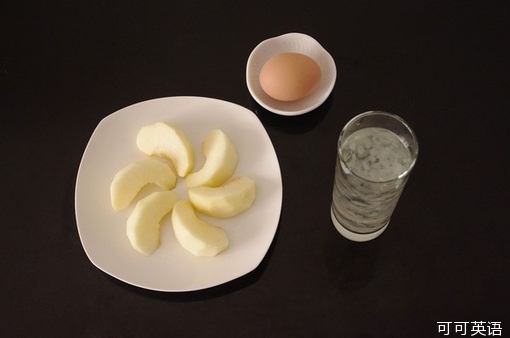(单词翻译:单击)
世间万物的存在,必定有其存在的价值和意义,每一个事物的产生必定有其产生的根源,并非凭空而降。
Potassium 钾

1807 年英国化学家戴维爵士(H.Davy)电解熔融钾碱(碳酸钾),发现在阴极有强光发生,在其表面出现高度金属光泽的似水银滴的粒状物。钾碱从草木灰的浸出液中可以得到,古代人类将草木灰放入水中搅拌,将溶有钾碱的水溶液注入一口大锅中蒸发至干,剩下的残渣形成粉末状物质,该物质在英语中称为Potash,其意思是由pot(意为“锅”)和ash(意为“灰”)合起来形成的,可译作为“锅灰”,汉语一般译作“钾碱”。在中世纪,阿拉伯人将该物质称作“阿尔基利”(alquili)意思是“植物灰”。由于钾出现在钾碱(potash)中,所以戴维赋于它一个具有拉丁语发音的名称:potassium(“钾”),意思是含在植物灰中。而德国人也从同一种物质的阿拉伯名称,派生出一个具有拉丁语发音的名称来称呼这种新金属,那就是Kalium,因此钾的元素符号是“K”。即使在称它为Potassium 那些国家中,也同样使用“K”这个符号。
potash Potassium carbonate was originally obtained by burning wood or other vegetable matter, soaking the ashes in water, and evaporating the resulting liquid in iron pots. The resulting substance was hence called in early modern Dutch potasschen, literally ‘pot ashes’, and the word was adopted into English as potash. From it, or its French relative potasse, the chemist Sir Humphry Davy coined in 1807 the term potassium for the metallic element which occurs in potash.
pot plant 盆栽植物
pot roast 炖熟的肉
pot-bound 生根满盆的,没有发展余地的
ashen 由灰烬构成的
ashtray 烟灰缸
ashy 会的,像灰的;灰色的;苍白的


